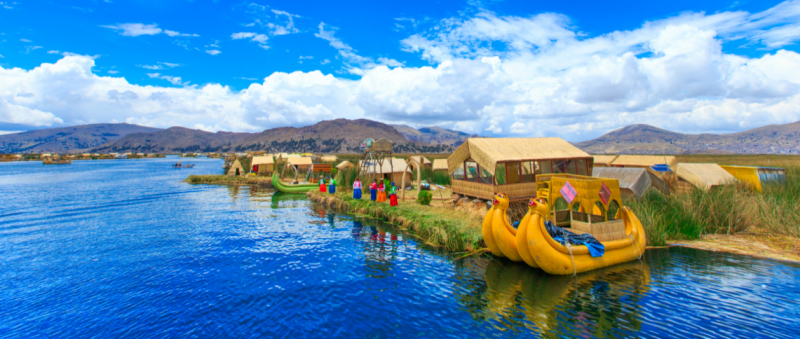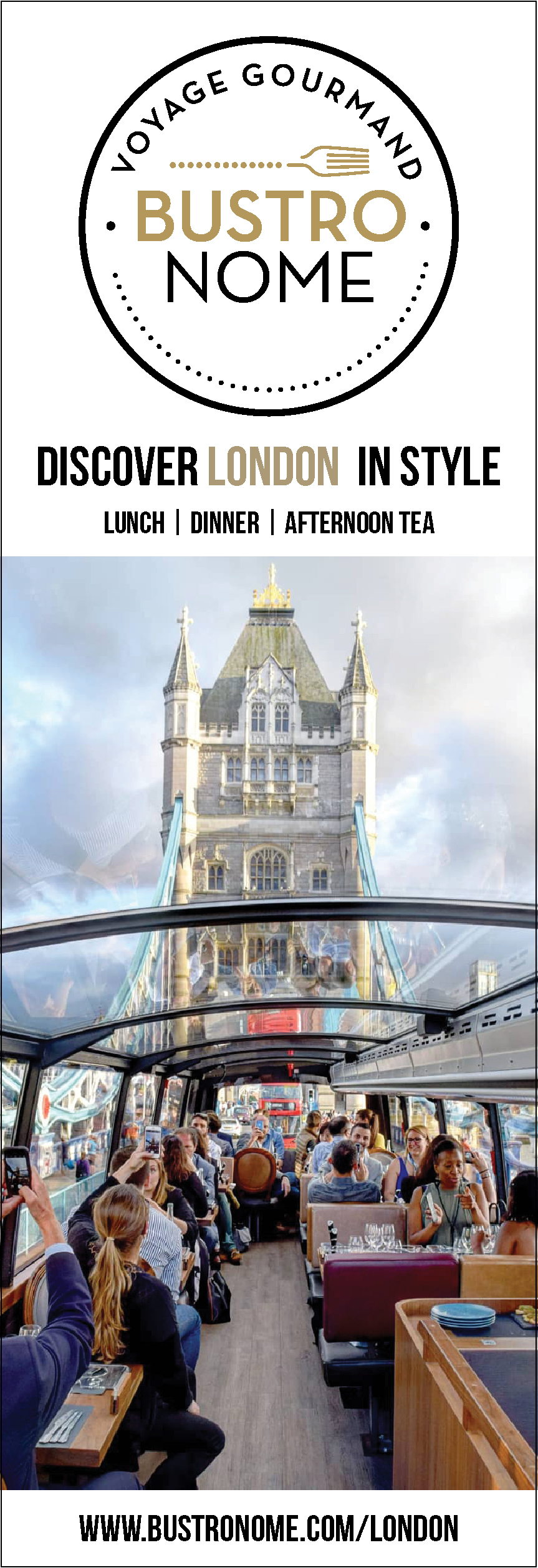
Exploring Peru
The ancient civilisation of the Incas is undoubtedly the main draw in Peru, but there is plenty more for you to discover in this diverse and fascinating country, blessed with attractions, activities and culture to rival any other South American destination.
Machu Picchu
The city of Machu Picchu is the most popular tourist attraction in Peru and is recognised as one of the new Seven Wonders of the Modern World. Even though it was only "discovered" in July 1911 by an American professor-turned-explorer, the ‘Lost City of the Incas’ is in fact over 500 years old. This fascinating pre-Columbian 15th century complex in the high jungle of the Peruvian Andes is made up of more than 140 structures including polished dry-stone walls, temples, residencies and stoned steps which climb the steep mountainous terrain. This phenomenon is even more spectacular when you consider it was built at a time when the Incas had no iron, no steel, and no wheels. If you get time – take the Inca Trail or begin your journey in Cusco, the former capital of the Inca Empire.
Nazca Lines
The world famous Nazca Lines are a series of ancient geoglyphs etched in the burning Nazca desert of Pampa Colorada (Red Plain). The UNESCO World Heritage Site was created in the time of the Nazca Indians, who flourished in the area from 200 BC to about 600 AD. What makes this landmark ever more fascinating is how the sketches were completed on such a grand scale – measuring 15 miles wide and runs some 37 miles parallel to the Andes and the Pacific Ocean – and how they have survived the test of time without erosion or damage. The giant runways and pictographs include a monkey, condor, astronaut, hummingbird, hands, a tree and most famously the spider.
Andean Colca Canyon
If you find the Grand Canyon fascinating then this will blow you away. At twice the depth of the Arizona landmark, the Andean Colca Canyon is said to be the deepest ravine in the world. Unlike the North American attraction – which is a vast landscape of red rock – this Canyon offers a different appeal with rugged snow-capped mountains making up the Canyon terrain coupled with luscious fields of green in the surrounding Colca Valley. Adventure travellers of all abilities will feel at home with this challenging climb and will be rewarded with many photographic opportunities including lush river oasis, riverside hot springs, families of giant condors and not forgetting the canyon itself.
Arequipa
The historic centre of Arequipa is one of the most archaeologically stunning destinations in the whole of South America. It is known as the White City for its beautiful white walls of sillar, a volcanic stone, of Mount Chachani, Mount Misti. The downtown of the city is placed on the UNESCO World Cultural Heritage List and many of the almost 250 colonial buildings are entitled as Human Heritage status. Major earthquakes have marked the key moments of change in the development of this city and it is possible to identify the five periods of design since it began as a village founded by Spanish Conquistadors in 1540. Mixed Baroque churches and mansions from the Colonial Period can be found throughout and the introduction of Rococo and neoclassicism at Casa del Moral rank among the highlights.
Lake Titicaca
Lake Titicaca is in the Andes on the border between Peru and Bolivia. It is the highest navigable lake in the world and the second largest in South America measuring a whopping 120 miles long and 50 miles wide. Take a catamaran or kayak cruise and witness the many fascinating sites on both sides of the border. This scenic place has an enormous significance in the ancient culture of the Inca and many of the people you will pass along the way have kept their ancient traditions and rituals. Explore the ancient ruins of Tiahuanaco and see the descendants of the Inca living on the floating islands at Tiquina.
Round Up
The typical tourist visit to Peru consists of a pit stop in Lima on the way to Machu Picchu before moving on to another South American country. But those that take the time to explore further are in for a treat with ancient geoglyphs, varying landscapes and a collection of fascinating buildings and ruins throughout.
Where To Stay: Sumaq Machu Picchu Hotel
Even if it wasn’t the only 5-star hotel in Machu Picchu we would still highly recommend staying here for the location alone. Standing at the foot of the imposing mountains surrounding Machu Picchu, by the banks of the Vilcanota River, stands the Sumaq Machu Picchu Hotel, architecturally inspired by the enigmatic lost city of the Incas.
Where To Eat: Costa Verde
Lima’s most famous restaurant is particularly good for its seafood and buffet. They offer a wide variety of dishes to choose from including sushi, local cuisine and also cater for vegetarians. The biggest selling point is the location with the classic scenic view of the Pacific oceanfront.
What To Buy: Peruvian Pan Flute
The famous Peruvian Pan Flute is an ancient musical instrument consisting of five or more pipes of gradually increasing length. It has long been a popular folk instrument, and is considered to be the first mouth organ pre-dating the pipe organ and the harmonica.
Share this article:




















